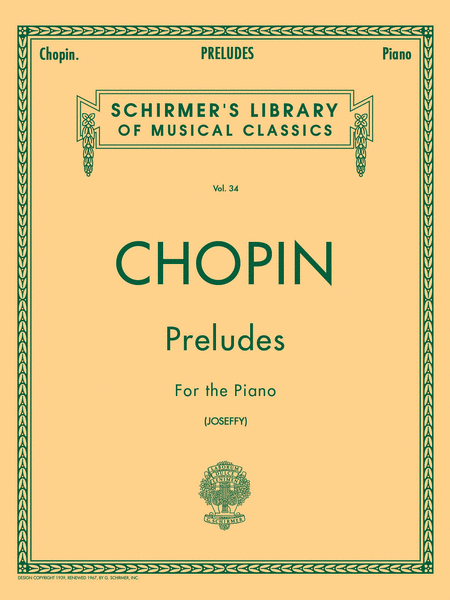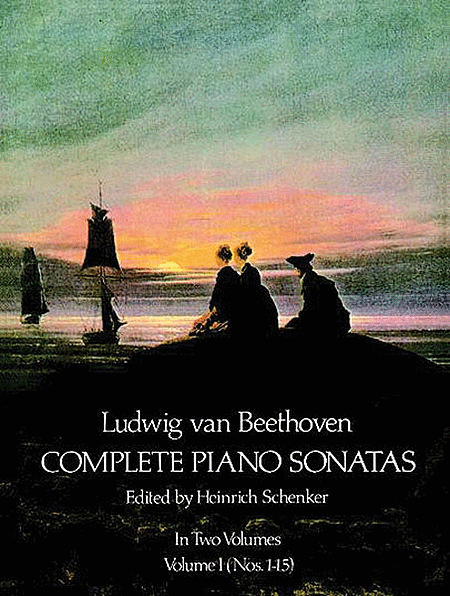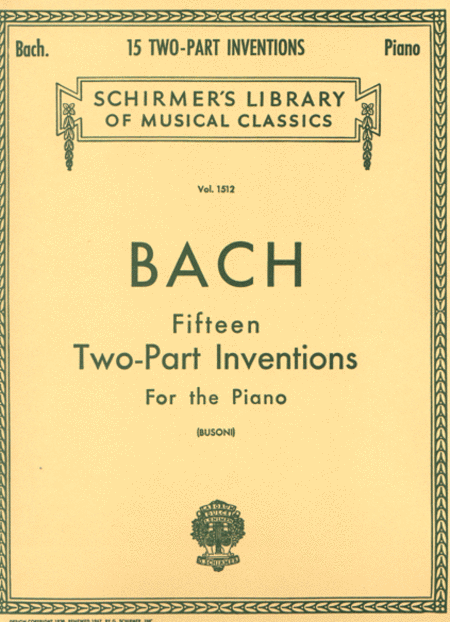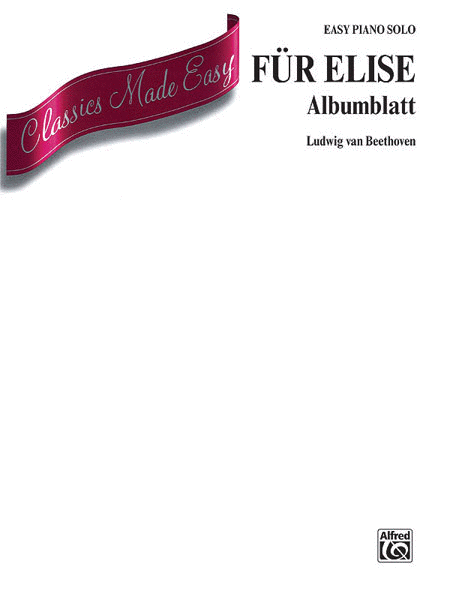Born shortly after Handel wrote his oratorio Jephtha
and dead shortly after Berlioz wrote his Symphonie
fantastique, Muzio Clementi failed to write anything
equal to the originality of those two composers -- or,
certainly, equal to the best of his closer
contemporaries, Mozart and Haydn. Yet Clementi remains
a significant figure for his pioneering work on behalf
of the newfangled piano, that percussive, expressive
instrument that quickly displaced the harpsichord at
the end of the eighteenth cen...(+)
Born shortly after Handel wrote his oratorio Jephtha
and dead shortly after Berlioz wrote his Symphonie
fantastique, Muzio Clementi failed to write anything
equal to the originality of those two composers -- or,
certainly, equal to the best of his closer
contemporaries, Mozart and Haydn. Yet Clementi remains
a significant figure for his pioneering work on behalf
of the newfangled piano, that percussive, expressive
instrument that quickly displaced the harpsichord at
the end of the eighteenth century. His full-scale
sonatas and small studies exploited the possibilities
of the early piano and groomed the technique of early
pianists, and led him to be known as "the father of the
piano." His influence on Beethoven has likely been
underestimated.
Clementi was a child prodigy, with an appointment as an
organist at age 9 and an oratorio to his credit by the
time he was 12. In 1766 Clementi's father was persuaded
to take the boy to study in England, the country that
would remain Clementi's base for the rest of his life.
In the English countryside the youth undertook a rigid
course of studies, emerging in 1773 for a spectacular
debut in London as a composer and pianist. Had Clementi
matured anywhere else in Europe, he might have limited
himself to the organ and harpsichord; but the piano was
enormously popular in England, and Clementi furthered
his career by capitalizing on the instrument's expanded
capabilities. In 1780, he went on tour to the
Continental capitals; in Vienna, Emperor Joseph II
instigated a friendly musical duel between Clementi and
Mozart.
Every student of classical piano has learned at least
one of Muzio Clementi's "Progressive" Sonatinas, Op.
36. The pieces were originally published in 1797 and
have all but replaced his Gradus ad Parnassum as his
most famous work. Clementi intended them as teaching
tools, meant for the youth among the burgeoning amateur
pianist public. It is a credit to him that they are
still used just as he intended. They are "progressive"
in that the difficulty of the sonatinas increases with
each subsequent one. The first contains little for the
left hand to do, but in the sixth, there are more
complex rhythms, phrasing, and accompaniment, with the
left hand taking the melody in a couple of spots. The
emphasis throughout all is on basic piano skills:
dynamic control, even touch, and melodic phrasing.
However, within each one there are more specific
lessons on ornamentation, arm and wrist motion,
arpeggios, and more. When the set was re-published in
1803 as a supplement to Clementi's Introduction to the
Art of Playing on the Piano Forte, he included specific
instructions on how to play certain ornaments and
interpret markings. For example, when discussing the
use of staccato, he stated it should be reserved "to
give spirit occasionally to certain passages, and to
set off the higher beauties of the legato." Sonatina
No. 1 in C major is the most widely known, with No. 3,
also in C major, and No. 6 in D major following it in
popularity. The theme of the opening of the first
sonatina shows a strong resemblance to the opening of
Scarlatti's Sonata K. 460. (Clementi had studied
Scarlatti's works in his own youth.) The second
movement of the Sonatina No. 2 introduces easy dotted
rhythms to be played dolce, with the note "dolce means
sweet, as in taste; now and then swelling some notes."
No. 3 is a study of scalar runs, while sextuplet
figures are extensively used in the final movement of
Sonatina No. 4. No. 5 has an "Original Swiss Air" with
six-bar phrases instead of the usual four-bar ones. No.
6 is just two movements, brief but lively. The
sonatinas have distinct characters, formed by graceful,
charming melodies without much drama and, surprisingly,
without much of that bane of the Classical era: the
Alberti bass.
Source: AllMusic
(https://www.allmusic.com/composition/sonatinas-6-for-p
iano-progressive-sonatinas-op-36-mc0002375165 ).
I created this Transcription of the Sonatina in D Major
(Op. 36 No. 6) for Piano.













